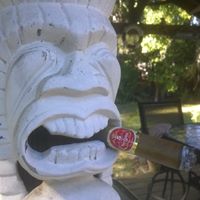For how long can the Alaskan wood frog hold in its urine?
In Alaska, wood frogs (Rana sylvatica) go eight months without urinating. Recycling urea—the main waste in urine—into useful nitrogen keeps the small frogs alive as they hibernate and freeze, inside and out. It doesn't warm them up. Instead, urea protects cells and tissues, even as the critter's heart, brain and bloodstream stop. Some call the frog urine a type of antifreeze.
This phenomenon is due to special microbes in these woodfrogs' guts whereby their urea is recycled. Many are also in animals that hibernate. One type of bacteria that soars in the winter is called Pseudomonas.
Wood frogs live all over America and in the Arctic Circle. Some Alaskan wood frogs get as cold as zero degrees (minus 18 degrees Celsius).
If the frogs were human, they would be called dead. Apparently their eyes are white, their skin is frosty, they're completely frozen like little rocks; but once the temperatures warm up, they come back to life.
Other animals don't urinate when they hibernate, but mammals don't do the big freeze quite like wood frogs, which wake up in still-cold February to mate.
More Info:
www.nature.com










